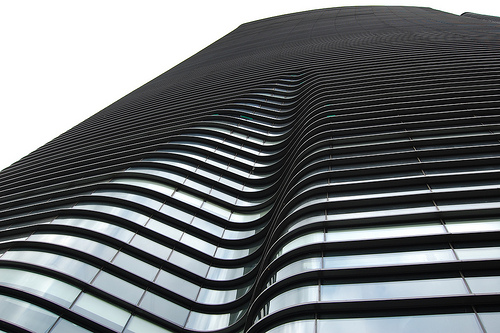Art criticism is vital to learning the language of Art, also known as Visual Art.
Analysis is the second stage of art criticism, description being the first. Interpretation and Judgement are the last two.
ANALYSIS
We cant go too heavy at the primary level, students just need to understand that an analysis gives a explanation on how the formal elements of a work of art affect the artist’s representation of the subject and content.
It’s good to assist students to understand the three parts of the artwork first – foreground, mid-ground, background.
Here are some artwork and guiding questions follow
Analysing the artworks above…
To understand how the artist created moods, messages, or ideas in the artwork, students can be asked:
What do you see happening in the different sections? This takes care of the visual gathering of information, so that students can give adequate descriptions.
Now make a list of the elements of art, versus the elements of the artwork which may be the human, the trees and so on.
Ask students to now describe the artwork and its elements using the elements of art.
FIRST GIVE – General Information
1. Type of art – category, dimension.
2. Subject Matter (Who or What is Represented?)
3. Artist name
4. Date of artwork. Older students can be guided on deciding how many, originality, references to similar work
5. Provenance – discuss source, location of originality. Older students can discuss cultural influences
6. Location (Where is the work of art now? Where was it originally located? Does the viewer look up at it, or down at it? If it is not in its original location, does the viewer see it as the artist intended? Can it be seen on all sides, or just on one?)
7. Technique, Materials and Medium
SECOND DO A Brief Description
The description of the work makes good reference. In a few sentences use your words to tell the reader about what the artwork looks like. What is in the art, does it look like anything else, does it represent something, is it abstracted from something, what is the subject, what is the focus, what elements are dominant and how are they used.
THIRDLY, DISCUSS
This is the key part of your paper. It should be the longest section of the paper. Be sure and think about whether the work of art selected is a two-dimensional or three-dimensional work.
Art Elements
1. Line (straight, curved, angular, flowing, horizontal, vertical, diagonal, contour, thick, thin, implied etc.)
2. Shape (what shapes are created and how)
3. Light and Value (source, flat, strong, contrasting, even, values, emphasis, shadows)
4. Color (primary, secondary, mixed, complimentary, warm, cool, decorative, values)
5. Texture and Pattern (real, implied, repeating)
6. Space (depth, overlapping, kinds of perspective)
7. Time and Motion
Principles of Design
1. Unity and Variety
2. Balance (symmetry, asymmetry)
3. Emphasis and Subordination
4. Scale and Proportion (weight, how objects or figures relate to each other and the setting)
5. Mass/Volume (three-dimensional art)
6. Rhythm
7. Function/Setting (architecture)
8. Interior/Exterior Relationship (architecture)
LINKS
Art Criticism and Formal Anaylsis here
Author Profile
- ... author, qualified & experienced in journalism, creative writing, editing, the arts, art critique, paralegal, photography, teaching, research, event planning, motivational speaking, workshops for children and adults, visual arts etc. Click here for contact form. ...or email me here
Latest entries
 Raw and DirectJanuary 1, 20262026 New Years Message from Anthea McGibbon
Raw and DirectJanuary 1, 20262026 New Years Message from Anthea McGibbon Raw and DirectDecember 28, 2025Jamaican street foods everybody loves
Raw and DirectDecember 28, 2025Jamaican street foods everybody loves AdvertorialDecember 27, 2025Legal Wiz Jamaica
AdvertorialDecember 27, 2025Legal Wiz Jamaica General categoryDecember 27, 2025Jamaica postal codes across island
General categoryDecember 27, 2025Jamaica postal codes across island










